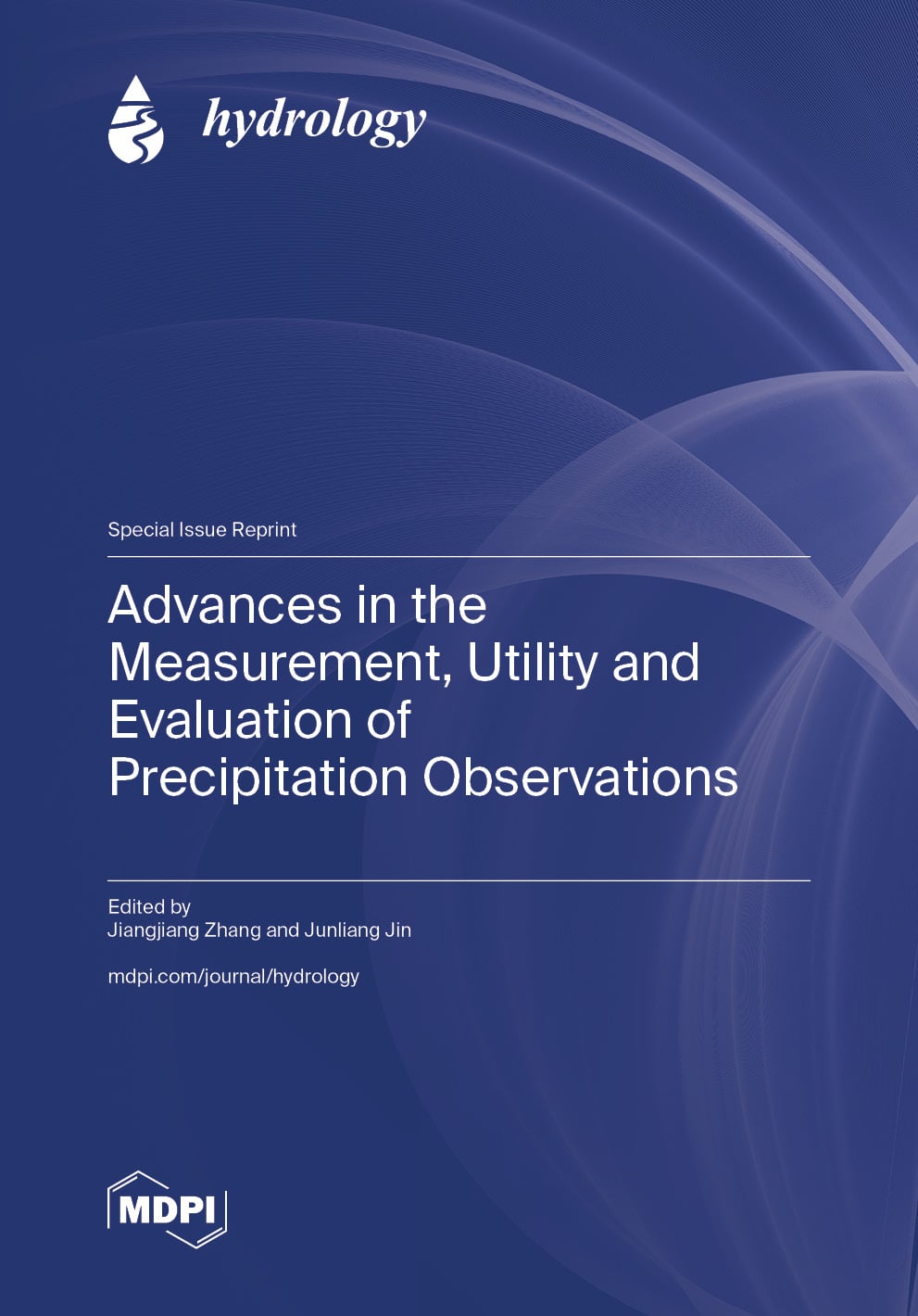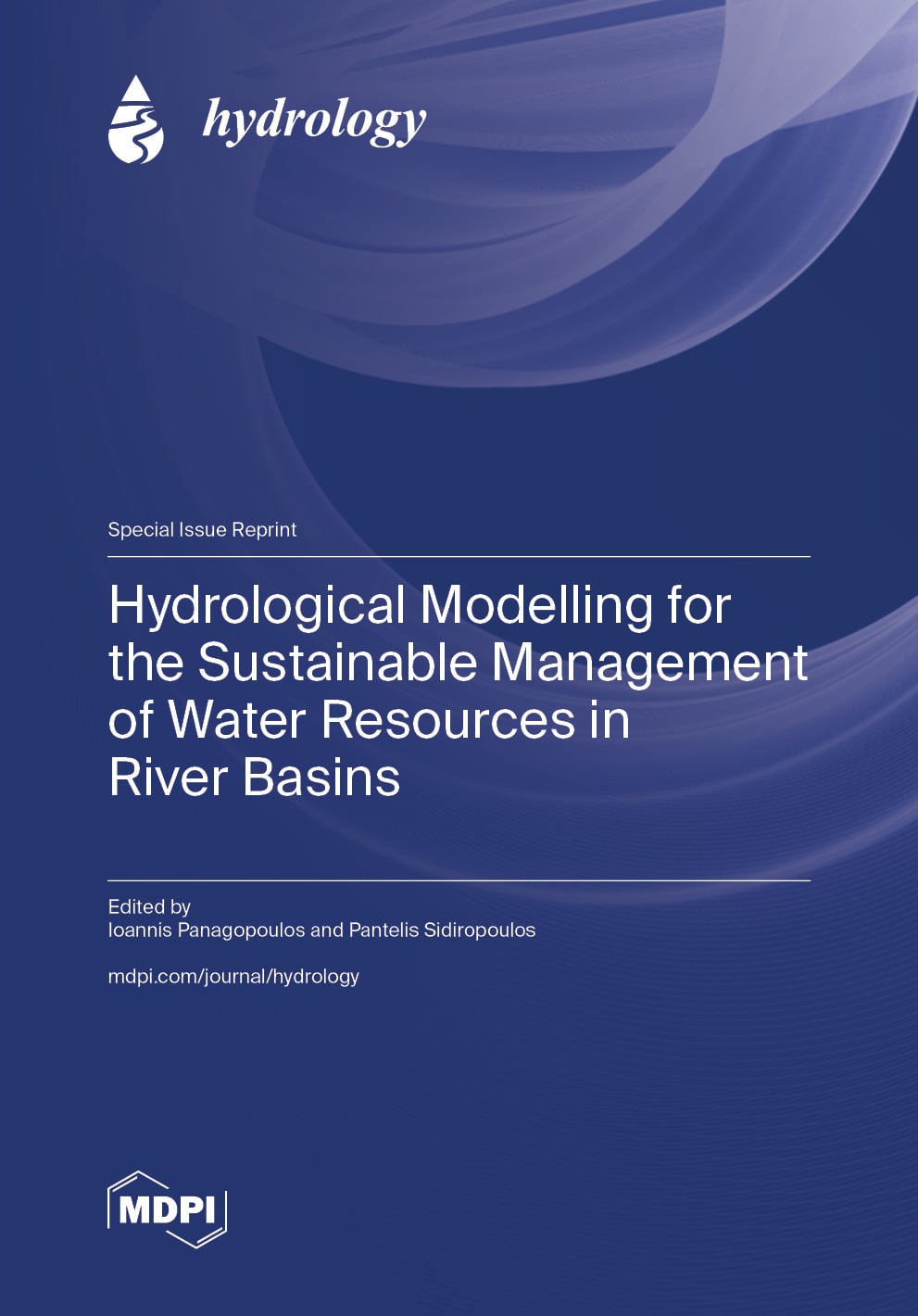- 3.2Impact Factor
- 5.9CiteScore
- 16 daysTime to First Decision
Hydrology
Hydrology is an international, peer-reviewed, open access journal on hydrology published monthly online by MDPI.
The American Institute of Hydrology (AIH) and Japanese Society of Physical Hydrology (JSPH) are affiliated with Hydrology and their members receive discounts on the article processing charges.
Quartile Ranking JCR - Q2 (Water Resources)
All Articles
News & Conferences
Issues
Open for Submission
Editor's Choice
Reprints of Collections

Reprint
Advances in the Measurement, Utility and Evaluation of Precipitation Observations
Editors: Jiangjiang Zhang, Junliang Jin

Reprint
Hydrological Modelling for the Sustainable Management of Water Resources in River Basins
Editors: Ioannis Panagopoulos, Pantelis Sidiropoulos



